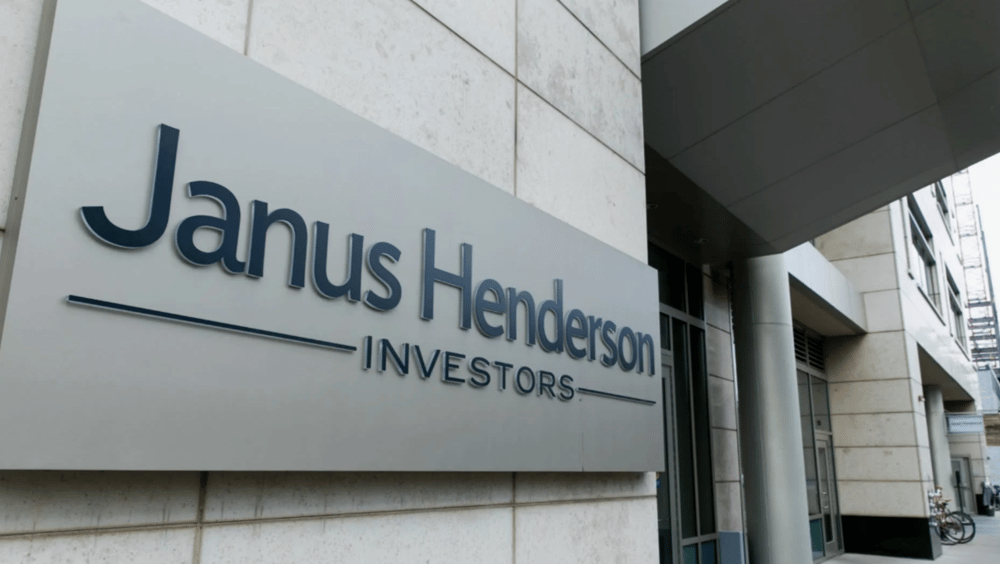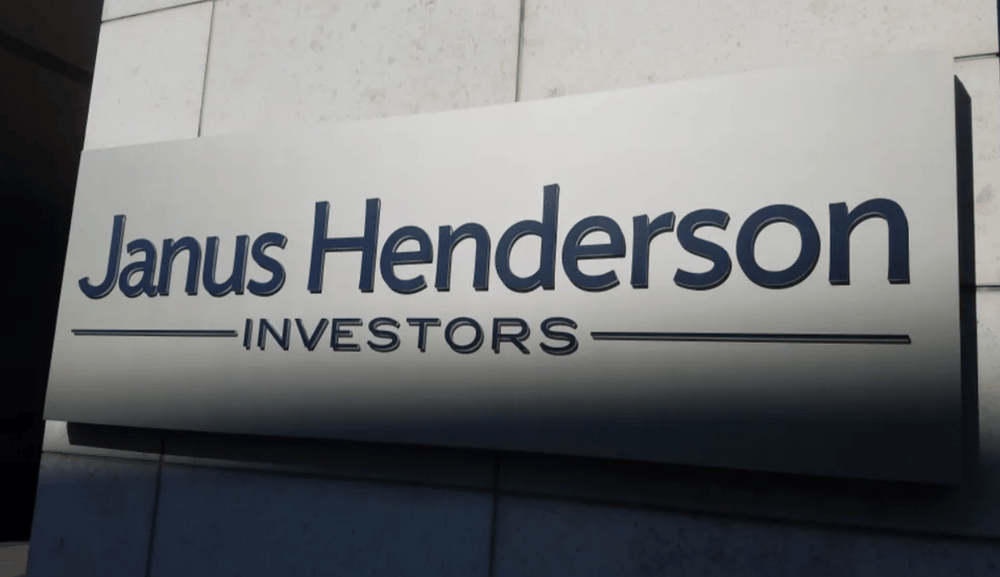Reassessing Investment Strategies Insights from Janus Henderson
In the dynamic world of finance, Janus Henderson, a company managing assets worth 379 billion dollars, is adapting its investment strategies to align with shifting economic conditions. In light of global slowing growth and rising tariff threats, the company’s experts propose reevaluating traditional portfolio management approaches.
Key changes in asset management strategy have garnered widespread attention, following recommendations by Adam Hetts, Head of Global Multi-Asset Strategy. The company now advises investors to focus on more resilient instruments to navigate economic challenges.
- Increased Bond Allocation: There is now an emphasis on government debt with high investment grades in portfolios.
- Reduced Equity Allocation: Investments in equities are advised to be lowered due to concerns over tariff growth and subsequent economic slowing.
New Portfolio Structure
Janus Henderson’s updated portfolio structure marks a shift towards more stable assets. The proposed configuration is as follows:
1. Equities: 55% of the total portfolio. Previously, the equity allocation was 62%, but changes in the global economic landscape have prompted a reduction.
2. Bonds: 45%, which is higher compared to the previous recommendation of 38%. This adjustment reflects the desire to mitigate risk amidst market volatility.

Analysis and Forecasts
Janus Henderson’s analysis is grounded in a comprehensive understanding of the current macroeconomic context. According to experts, the current period demands a more cautious investment approach due to several factors:
- Tariffs and Trade Barriers: Unpredictable tariff policies lead to uncertainty in global markets.
- Economic Growth Slowdown: Economic growth in many countries is decelerating, necessitating a renewed approach to investment decisions.
- Debt Instruments as "Safe Harbors": High-grade government bonds remain an attractive option for risk reduction during unstable times.
Harnessing their extensive knowledge and experience, Janus Henderson aims to maintain a balance between stability and profitability. Consequently, current recommendations emphasize the importance of flexibility and adaptation in the rapidly evolving financial sector.
Conclusion
In the face of an unstable global market, financial experts at Janus Henderson propose rethinking traditional investment approaches. By increasing the bond allocation in portfolios, the company seeks to shield client assets from potential risks associated with global economic uncertainty. The adjustment period necessitates careful analysis to ensure that long-term investment strategies remain successful and resilient.















Comments
Innovative investment approaches in situations like these are accelerating capital growth across the board